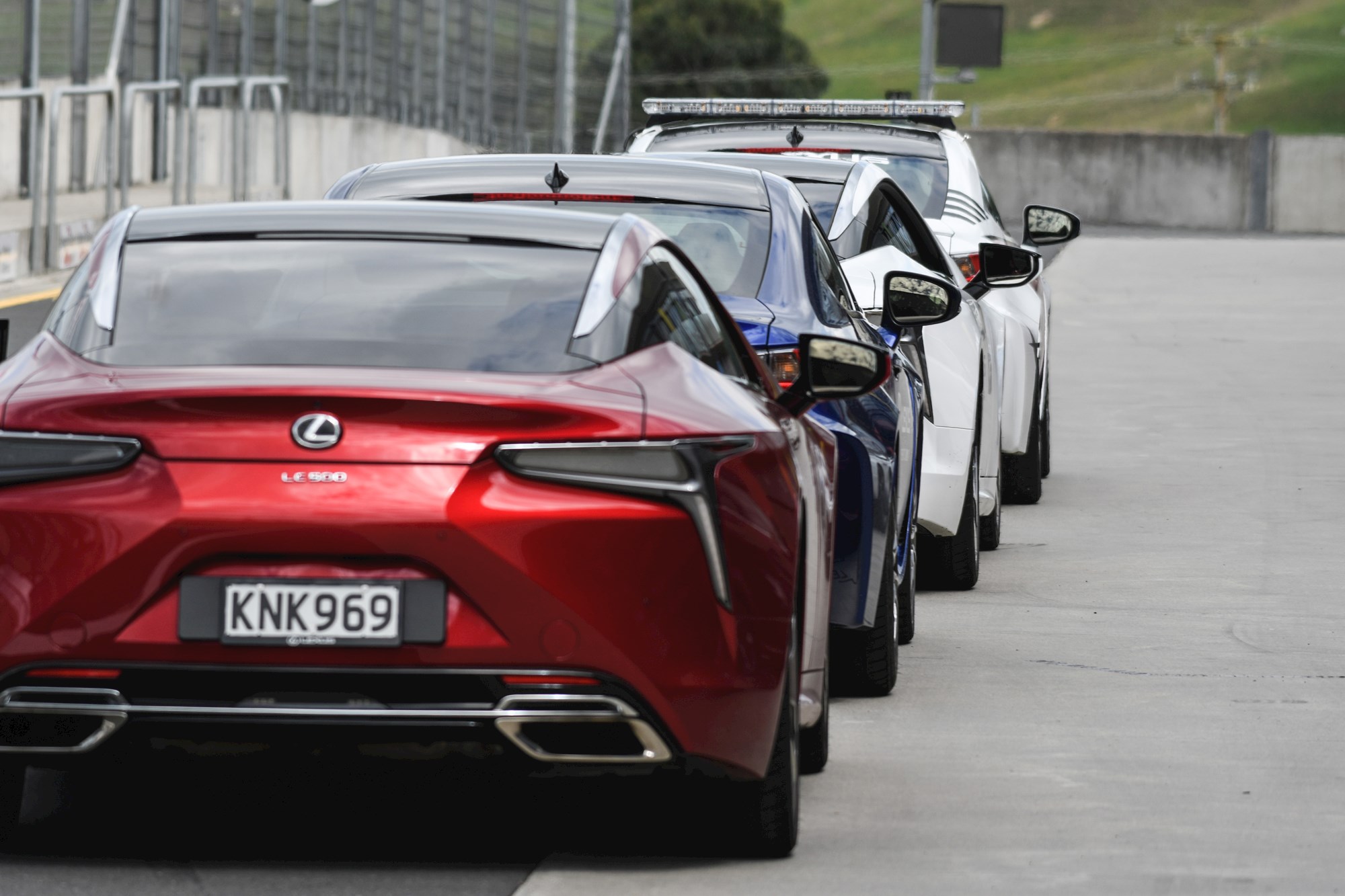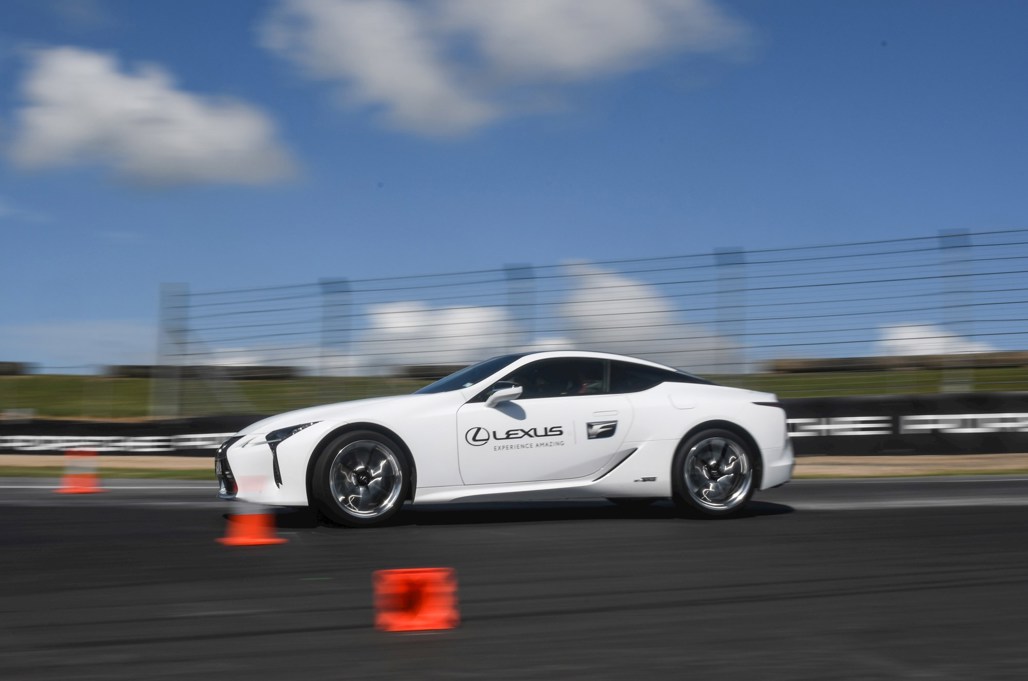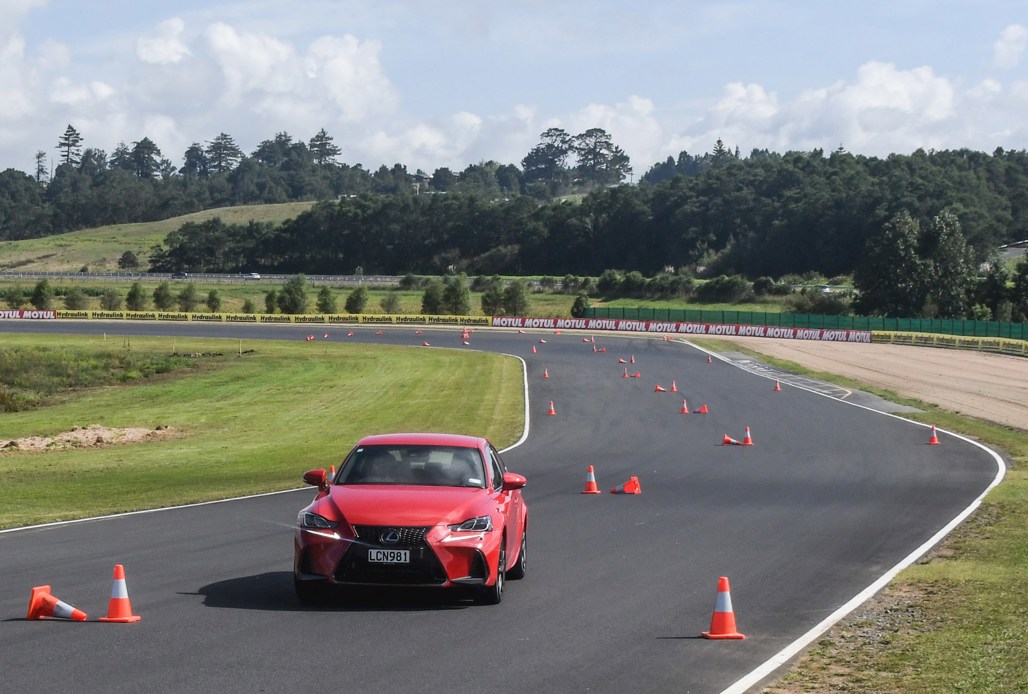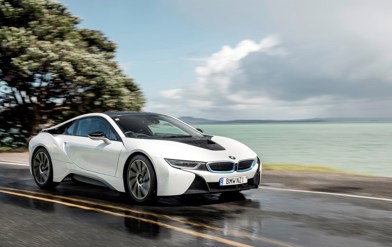Seven years ago, president of Toyota Motor Corporation Akio Toyoda was “accosted” by a motoring journalist: by no means an irregular occurrence for a top executive in a room full of the world’s motoring media, yet this particular encounter would go on to profoundly change the luxury Japanese marque’s direction.
The journalist praised the company’s attention to detail, safety advancements, reliability standards and luxuriousness, but what stuck with Toyoda most was a comment about the brand’s lack of excitement.
Talking to shareholders last year Toyoda said he vividly recalled that moment: “I remember being on stage in 2011 revealing a new GS to a group of journalists, and I couldn’t wait for their reaction.”
To his astonishment, the reaction from one journo was: “This is just another boring Lexus.”

“Seriously, I couldn’t believe it,” Toyoda told shareholders.
“But you know what, I took another look at that GS. In fact I took another look at all our cars, both Toyota and Lexus, and I said, ‘They are right’.
“I was determined that the word boring and the word Lexus would never be used in the same sentence again.”
Fast forward to 2018 and the fruits of Toyoda’s and Lexus engineer’s efforts to change the perception of Lexus were laid bare in the pit lane of Hampton Downs Motorsport Park this week.
More than $1 million worth of Lexus F-Performance models had been gathered for the Lexus Summer of Performance programme. There were no new models to speak of and no new technology to plug. The day was all about mapping the brand’s journey in the past few years and more importantly — fun.
Lexus has updated every model in its range in the past five years and introduced a new halo car, the LC 500 and hybrid LC 500h coupes.
Lexus’ three-tier F-Performance range now includes factory-sanctioned cosmetic or performance upgrades for every model in the brand’s line-up, including SUVS.
Motorsport is an increasingly important pillar for Lexus, too.
With Kiwi and Toyota Racing Series graduate Nick Cassidy behind the wheel, Lexus won teams’ and drivers’ titles in the Japanese SuperGT GT500 class last year, and the company also now has a RC F-based GT3 car competing in Japan and America.
Our Hampton Downs drive day began with a basic cornering exercise. Accelerating, braking and turning into the apex of Hampton Down’s corkscrew hairpin — let the fun begin.
I tackled the exercise in a range of V8-powered, naturally aspirated F-Performance models. The RC-F coupe, GS F four-door sedan and LC 500 all proved lively in the short section.
However, with an eye on the coming electric revolution, the V6 hybrid LC 500h was also included — we’ll come back to this.

There was only one car I was determined to start the day with — the V8 LC 500. Power and brakes we’re no problem, although my apex-hitting abilities needed work.
Eventually I was wrangled out of the LC and into a mid-sized IS200t sedan, to put my cornering skill to a new test on the “F-khana” slalom course. This current-generation IS has a raft of changes to the front and rear suspension, which aid turn-in and cornering dynamics. All the tweaks shone through on the tight, twisty course.
Later we were let loose around Hampton’s short circuit, sampling each model Lexus. From my end, the theme for this segment was “Sport +” – the sportiest pre-programmed drive mode in all Lexus F-Performance models.
Guess what I went for first?
Leaving the pit lane in the LC 500 you’re immediately met with the sound of that thumping V8 power unit.
Corners provide a brief pause before a straight allows you to open the taps where you’d literally feel the noise.
The LCs are not track-oriented cars, they’re GTs, but there’s a playfulness these new long wheelbase cruisers have that’s so easy to exploit. The LC 500 is just as impressive on track as it is in photos.
If it’s speed you’re after, the LC 500 plays second fiddle to its V6 hybrid sibling. The LC 500h is a stand-out example of how electrification can please red-blooded motoring enthusiasts.
Of course, you miss out on the sound, but in return the ride is more peaceful and dignified, yet faster in the straight stuff.
The GS F four-door sedan was perhaps the biggest surprise of the day. Those in despair about “the death of V8s” should be reminded that this car still exists.
Yes, it commands a higher price than the now-defunct Commodore or Falcon, but that’s because the GS F operates at a completely different level. The engine is more powerful and characterful, the car’s chassis more configurable, and on a race track — neither of the Aussie icons would see where it went. For the benefit of the hardened faithful, I won’t go into interior quality.

Lexus New Zealand's Summer of Performance programme showcased how far the brand has come in recent time.
And I can happily report from 180km/h on Hampton’s front straight, that word boring wasn't uttered by anyone.
But the transformation isn’t some phase — it's now an ongoing philosophy.
For Toyoda, Lexus will always remain a “challenger brand” that will “never be boring”.
In his own words: “I’m not interested in turning the car into a soulless commodity.”
Bring on the future.














